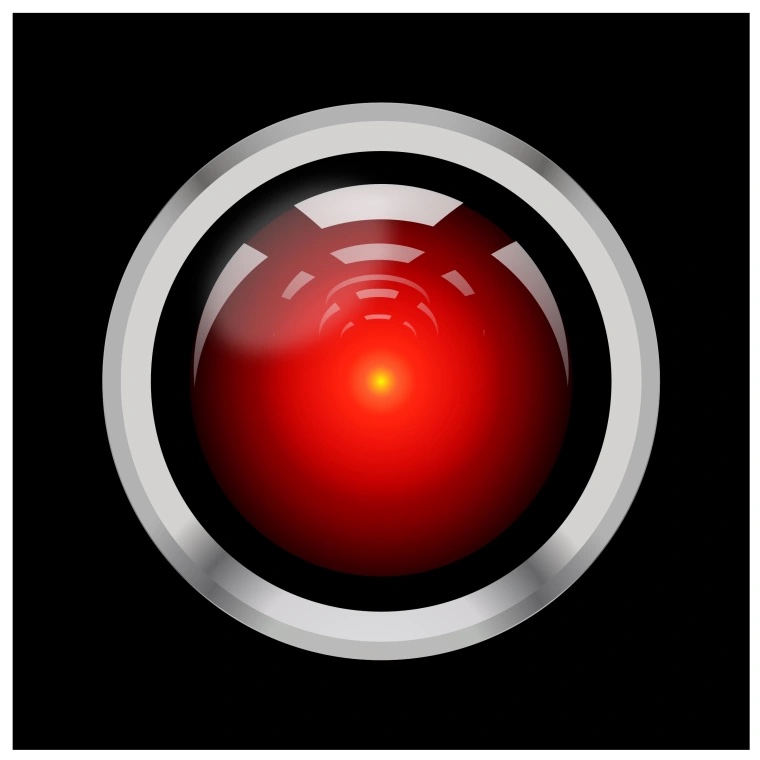
Watching Blade Runner (1982) in a theater with booming speakers and a large screen offered a vastly different experience than viewing it on a 15-inch MacBook. The immersive sound of Vangelis’ musical score enhanced the atmospheric mood of Ridley Scott’s world, allowing for a renewed appreciation of the film’s composition. The diverse and engaging cinematography, ranging from Tyrell’s bedroom to the gritty streets, unmistakably embodied the cyberpunk aesthetic. Harrison Ford’s character, Rick Deckard, walking amidst rain-drenched, Gotham-like skyscrapers, accompanied by jazz-like synths, added another layer of aesthetic appeal.
Beyond the visual and auditory aspects, the film delves into complex themes surrounding replicants. Initially portrayed as rebellious and dangerous, their characterization evolves, challenging the audience’s perception of good and evil. As the narrative progresses, it becomes evident that replicants, like humans, simply desire freedom and the opportunity to live. The dichotomy between the government’s view, which commands their execution, and the replicants’ struggle for existence raises profound questions about humanity. The actions of Roy and his group of replicants challenge conventional perceptions of humanity. The question arises: who embodies more humanity? Is it the government and law enforcement agencies, which coldly order the execution of replicants, or the replicants, who struggle and feel, yearning for a chance at life? Contrary to the notion of replicants as emotionless, dangerous machines, they demonstrate care and love for one another. However, their dilemma is made even more tragic by Tyrell’s decision to limit their lifespan. This decision, while granting them the gift of life, ultimately robs them of it prematurely, highlighting Tyrell’s lack of ethical responsibility.
Eyes serve as a recurring motif in the film, particularly in the context of the Voight-Kampff test, a key measure used to determine if someone is a replicant. A scene featuring a singular eye is also interspersed among the film’s opening scenes. This visual motif reinforces the importance of eyes in the narrative. Furthermore, eyes are a distinguishing characteristic of replicants, exhibiting a distinct red-like reflection when captured on camera. What intrigues me about using eyes as a tell-tale signifier of a replicant is that they serve as a marker of consciousness rather than mere programming. This concept resonated with my exploration of consciousness in my mid-term project, where typing “consciousness” into an AI generator produced repeated patterns of eye images. The fascination with eyes stems from their perceived ability to reveal one’s true self, a notion captured by the phrase, “The eyes are the windows to the soul.” Perhaps, through the gaze of the eye, we glimpse the essence of our inner mind and being.

Leave a Reply